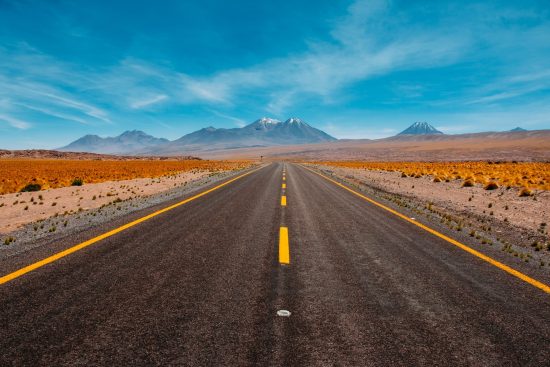
Art, in its diverse forms, has consistently been a fundamental part of human civilization, serving as an enduring platform for individuals and communities to express their thoughts, emotions, ideas, and ideologies. In modern times, one form of art that has witnessed a significant surge in popularity and impact is urban art. Positioned at the interesting confluence of personal expression and public display, urban art is often described as the voice of the city. It offers a vibrant reflection of the cultural diversity and varied lifestyles found within the urban fabric, communicating the ever-changing dynamics of city life in an immediate and impactful way.
Urban Art as a Medium of Cultural Expression
As kaleidoscopes of cultures, cities worldwide are hives of diversity with each neighborhood, and indeed, each street, contributing its unique hue to the broader urban picture. It is within this incredible diversity that urban art finds its space and purpose. With forms ranging from street art, murals, graffiti, to large-scale installations, urban art has given rise to a thriving subculture of artistic expression that is as dynamic and fluid as the cities themselves. The rich tapestry of “Urban Art Movements” offers a tangible representation of this urban diversity, echoing the voices, sentiments, and creative energies of the myriad cultural groups residing in the heart of our urban landscapes. A particularly powerful form of urban art is street art. Raw, unfiltered, and often provocative, street art utilizes the cityscape as its canvas. Free from the conventional confines of traditional art galleries and museums, it democratically makes art accessible to all. Ranging from simple, yet poignant, written words to elaborate and stunning wall paintings, street art has the unique ability to communicate potent social messages, mirror cultural diversity, and showcase unique lifestyle elements intrinsic to the city.
Influence and Impact of Urban Art Movements
Urban art movements, beyond being a celebration of creativity, play an integral role in shaping the cultural identity of cities. Through visually engaging narratives that speak of shared experiences and unique stories, these movements offer a fresh lens to view and understand the vibrant communities that inhabit the urban space. Murals in Philadelphia, for instance, beautifully depict a blend of the city’s rich history, its struggles and triumphs, and dreams for the future, painting a compelling portrait of its cultural identity. In the same vein, the graffiti-filled lanes of San Francisco exude a bohemian spirit and a rebellious streak, reflective of the city’s historic counterculture. These art movements influence urban lifestyle trends, contribute significantly to city branding, and have even acted as catalysts for neighborhood revitalization efforts, bringing about tangible social and economic change.
Urban Art Movements and Social Change

The potential of urban art movements as agents of social change is profound. Street art, for example, has been consistently utilized as a powerful tool for political expression and social commentary. By challenging the status quo, highlighting systemic issues, and raising awareness about pressing societal concerns, it inspires dialogues, debates, and can drive policy changes. Artistic expressions found on the walls of cities like Detroit or Chicago often highlight social inequalities and injustices, pushing for societal reform, and giving voice to the voiceless. These urban art movements, therefore, do much more than just adding to the city’s visual aesthetics; they serve as catalysts for social change, facilitating meaningful conversations, and spurring action.
Long story short
In essence, urban art movements stand as vibrant testimonials of cultural diversity and dynamic urban lifestyles. They transform public spaces into platforms for creative expression and social dialogue, creating a lasting impact on the city and its inhabitants. By giving voice to the multitude of cultures within a city, urban art not only enriches our visual experience but also fosters a deeper understanding and appreciation of our diverse society. As we navigate through the 21st century, urban art movements will continue to play a pivotal role in narrating the evolving story of our cities and the vibrant tapestry of cultures within them, making cityscapes a compelling fusion of art, culture, and societal narratives.







